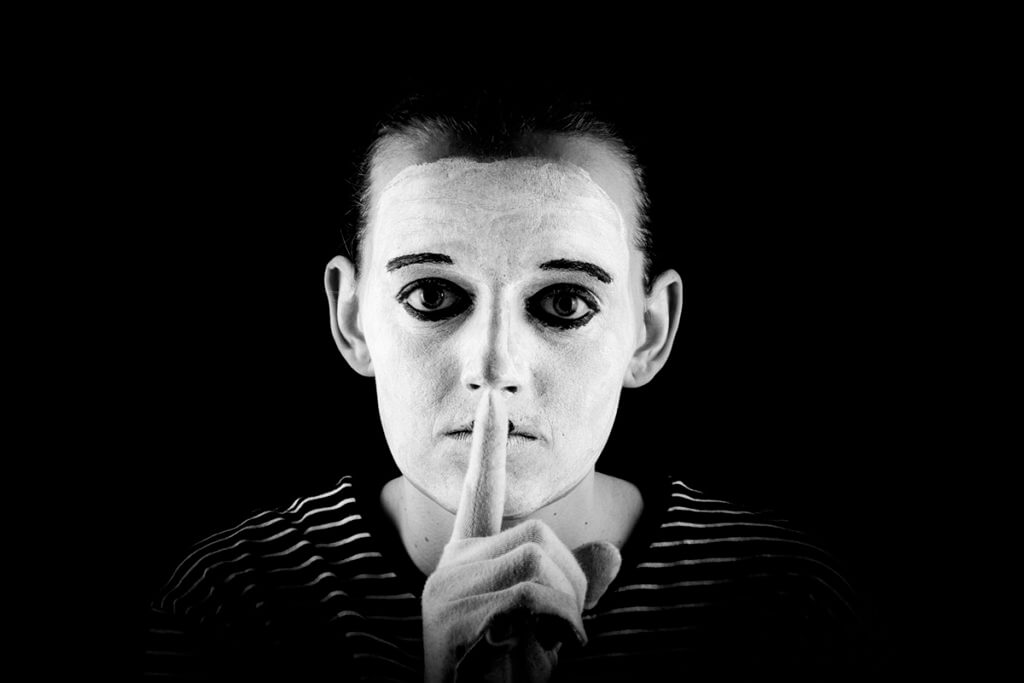The horror genre is a filmmaker’s worst nightmare. Horror can take gut-wrenching ugliness and create chilling beauty. It can be as whimsical and abnormal as cartoons and as tense and dramatic as a blockbuster. And usually, you don’t even realize you’re riding an action-packed roller coaster.
But let’s be honest, most horror films suck. They are mutilated with unnecessary gore, oversold with the marketed boob shot, and bloated with dulling dialogue which removes the scariest aspect of horror:
Silence.
Silence isn’t just lack of noise. It can be the absence of knowing something, the absence of visuals, or unresolved, unsettling loose ends. Instead of directing you to several hours of film watching, I’ll keep it sweet, and provide three shorts for us to explore silence in the horror genre.
Be sure to watch them before you read to avoid spoilers. And don’t worry, I picked some less disturbing shorts. Less.
(Sidenote, these are all from this year so shout out to Lights Out, Bedfellows, and CryptTV as a whole, who I did not include just because that’s their job. Though The Birch gets my silent vote and is worth a gander.)
1. The Oven – Rush Smith
This short did almost everything right in my opinion. A simple opening in a dark room with a spotlight on the subject. Instantly draws you in and as delicious as home-cooked food can be, cooking sounds are gross and unsettling. The kneading of the dough’s slopping, smooshing sound had me searching for the right onomatopoeia.
The blackout cuts build tension and create visual silence, providing you with the fear of the unknown. The setting changes after the title and the audience is shoved in a dark, grimy place where we don’t belong and hopefully, never see. The waterphone bridge builds up tension as our character pulls his peculiar dish out of the oven, but the noise releases with nothing happening.
Instead of nightmares after pressurized torture, the release provides an enjoyable thrill. Note there is no dialogue and the silence scoops you up basically just to throw a whipped cream pie at some guys face. It’s also worth noting that the ending is unresolved. Yet another form of silence.
2. Don’t Look Away – Christopher Cox
Here’s one that saturated its potential moments with dialogue. I could rant about my love/hate relationship with dialogue, but perhaps that’s for another post.
The short, similar to It Follows in its characterization and “it’s coming for you” concept, as well as its colors and costumes. But unlike It Follows, it fails the silence test because they simply don’t use it.
Dialogue in film allows us to understand what our character is thinking as well as set plot points. When characters apply logic to situations, it gives the audience a third party perspective of what’s happening. But in horror, it can mar the audience’s immersion and create a screen to your experience.
Plot-driven dialogue in horror also tends to make the characters make stupid decisions. The sister tells the brother to not look away and then leaves the room to further the plot. In the tension climax of the short, the sister tells her brother how she’s going to take down the monster…to further the plot.
Her brother can’t see what she’s doing, but it’s audible for the disturbing figure that’s suddenly appeared in her room to hear. So this dialogue is just there so the audience can understand her plan. Unnecessary (and frankly dumb).
Then. THEN! It does the worst thing a film can do. It spells out what just happened in dialogue as if the audience didn’t understand. Providing no silence both visually and audibly unfortunately maimed this decent idea.
3. Dawn of the Deaf – Rob Savage
(warning: content may be disturbing to some viewers)
Not all dialogue is bad. In many cases dialogue is necessary. It just so happens that most of this short’s dialogue is silent. Centered around deaf individuals, this short explores ways to use silence and pay tribute to its subjects.
The three main characters we encounter are not only deaf, but they also feel unheard. A teenage girl in desperate need of her mother and silenced by her father; a woman struggling to feel normal and accepted by the hearing world and her girlfriend; and a former bullying victim accepting his true voice alongside his achievement award. The idea of being misunderstood and silenced by uncontrollable situations is frighteningly relatable. The film uses subtitles throughout, making it easily viewable to the deaf community as well.
Where it shines, in my opinion, is the fight scene between the two lesbian lovers. First off, we don’t fully get that they are a couple until this scene, withholding information leaves the audience’s mind in the unknown. Second, the camera circles around the pair as they frantically sign to each other.
As they do so, the subtitles become hidden because the signs are not fully visible, creating silence for both a hearing and non-hearing audience. You vaguely make out a few words and put the puzzle pieces together to conclude they are an item. They embrace, confirming your notion. The camera pans out during this tender moment to reveal everyone is dead.
You don’t even see or hear the plot happen. Silence at it’s finest! Then, ya know… zombies. Fantastic.

One Response